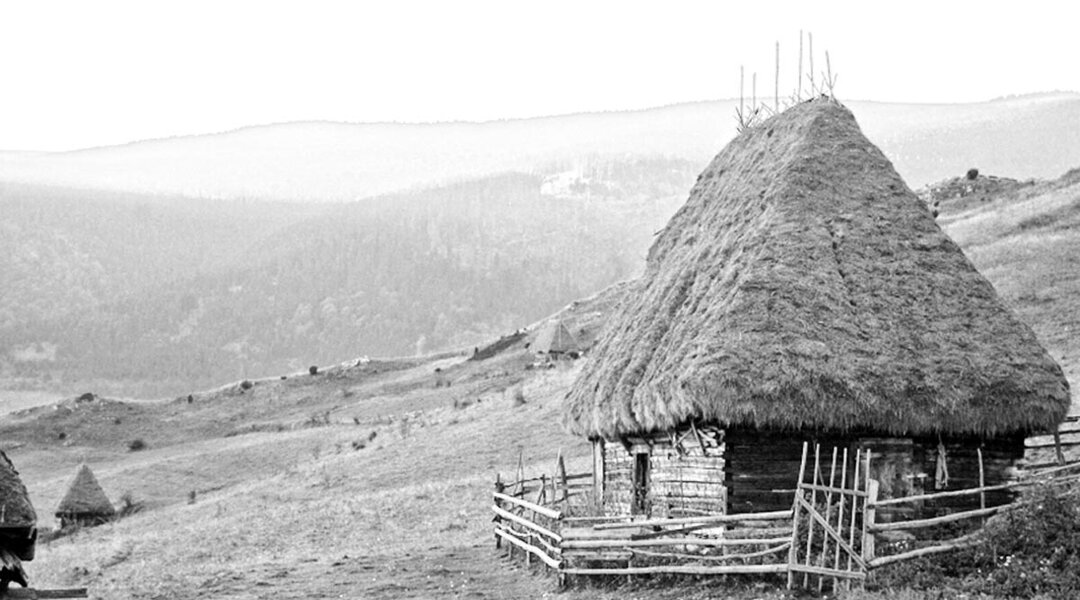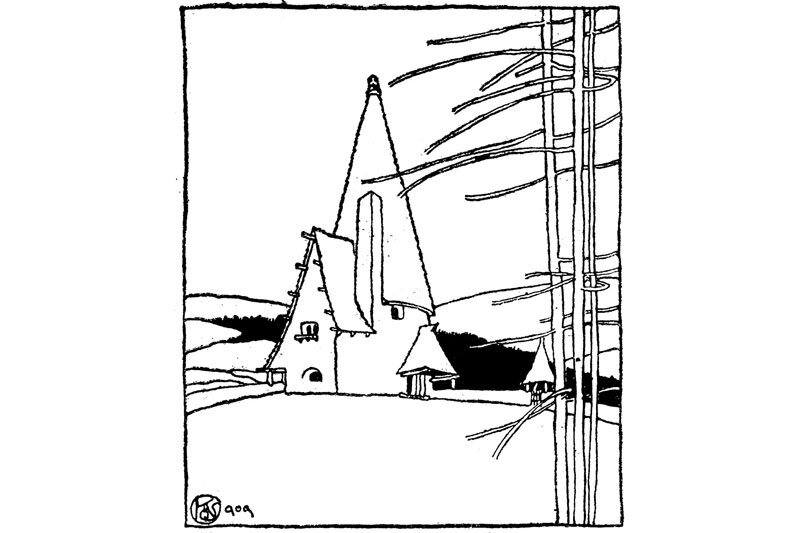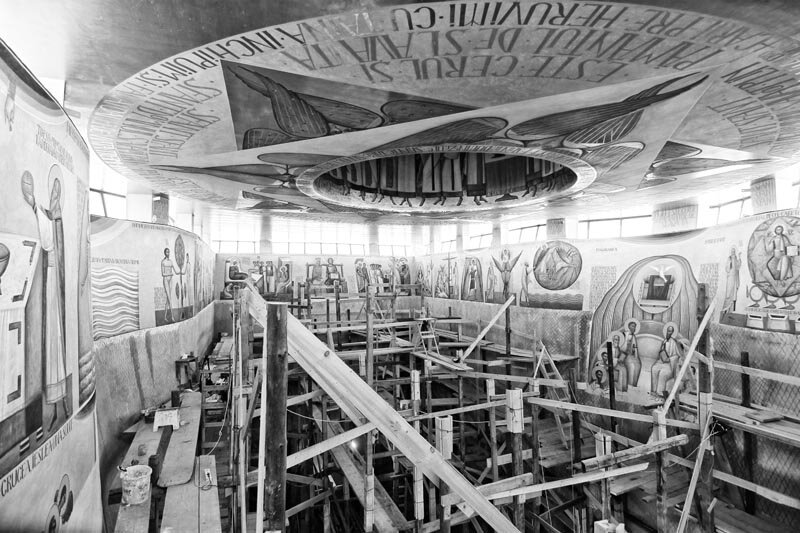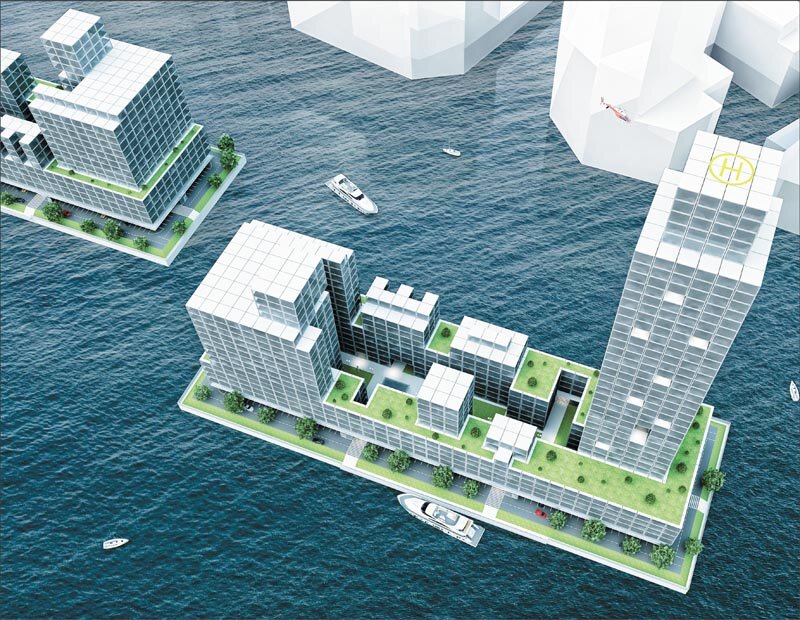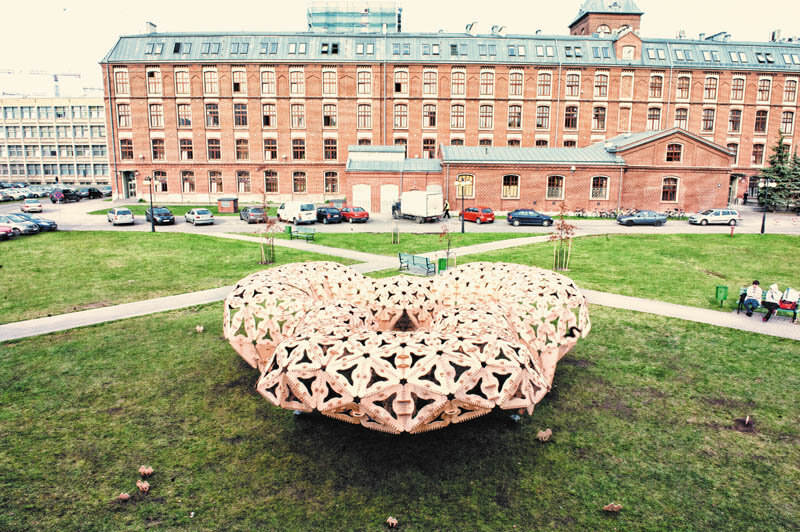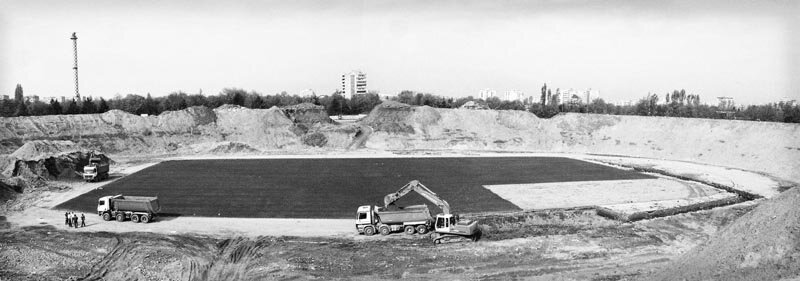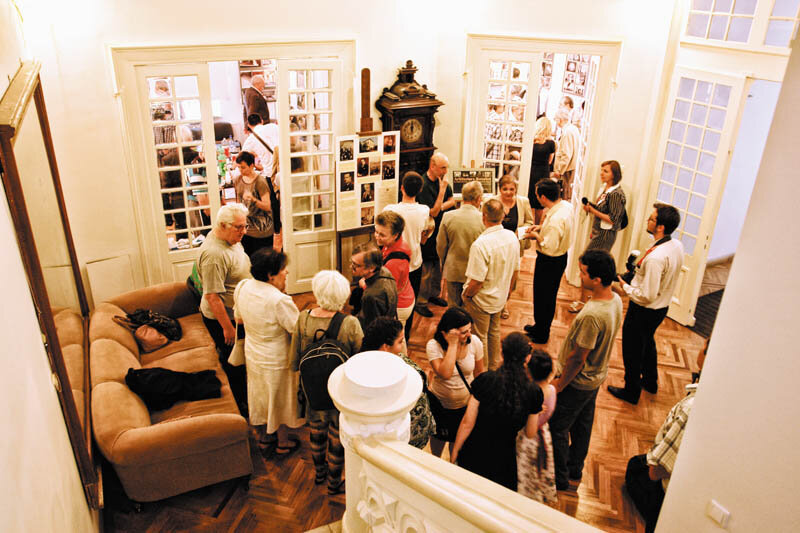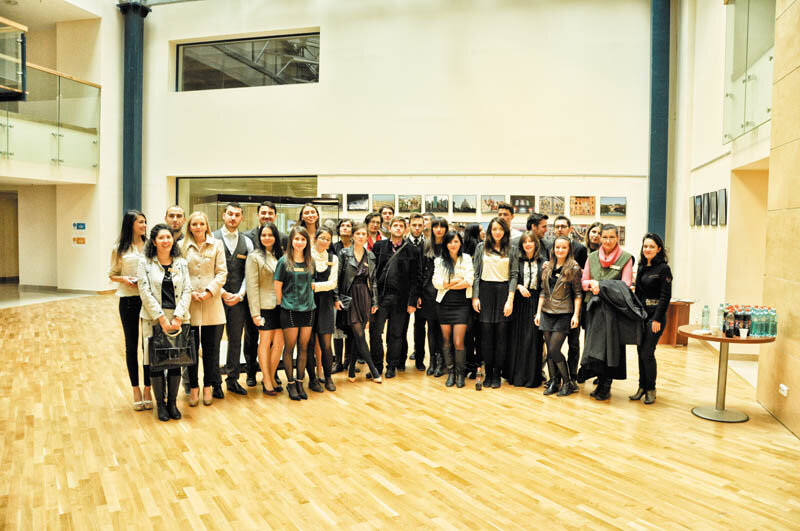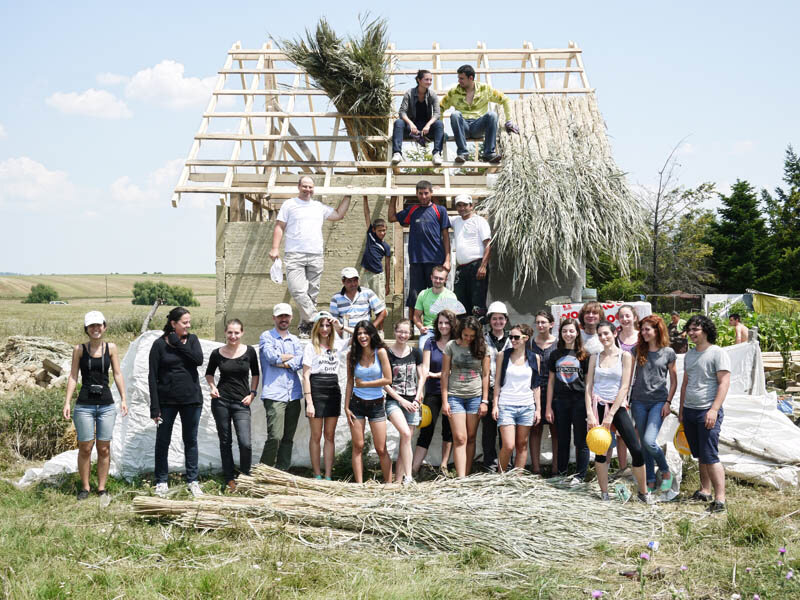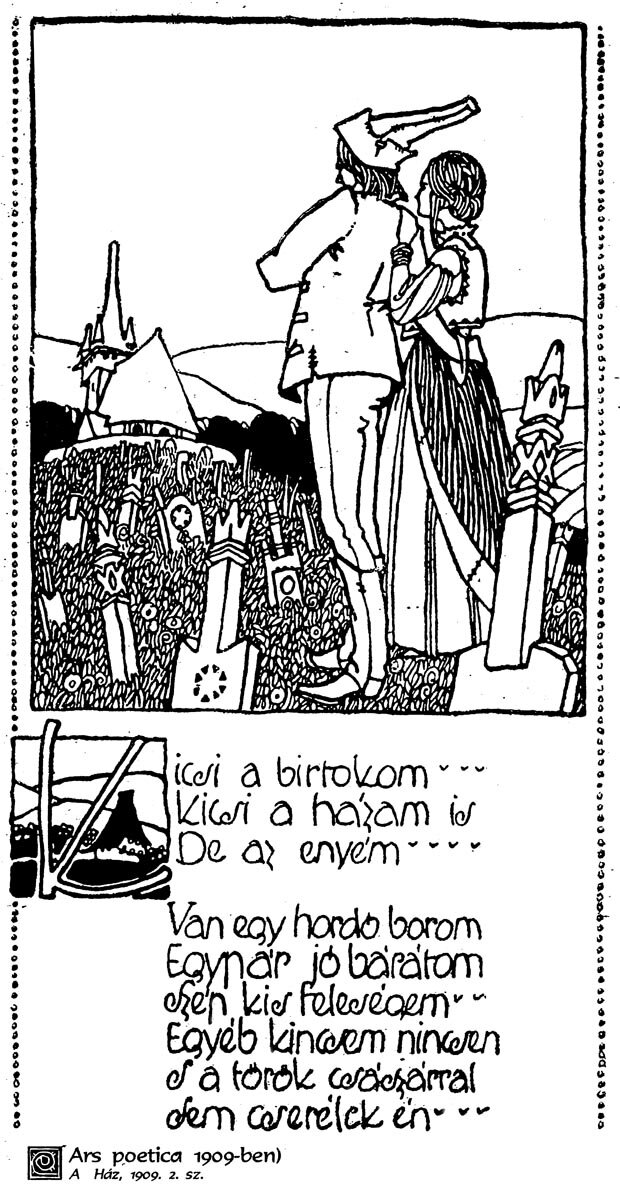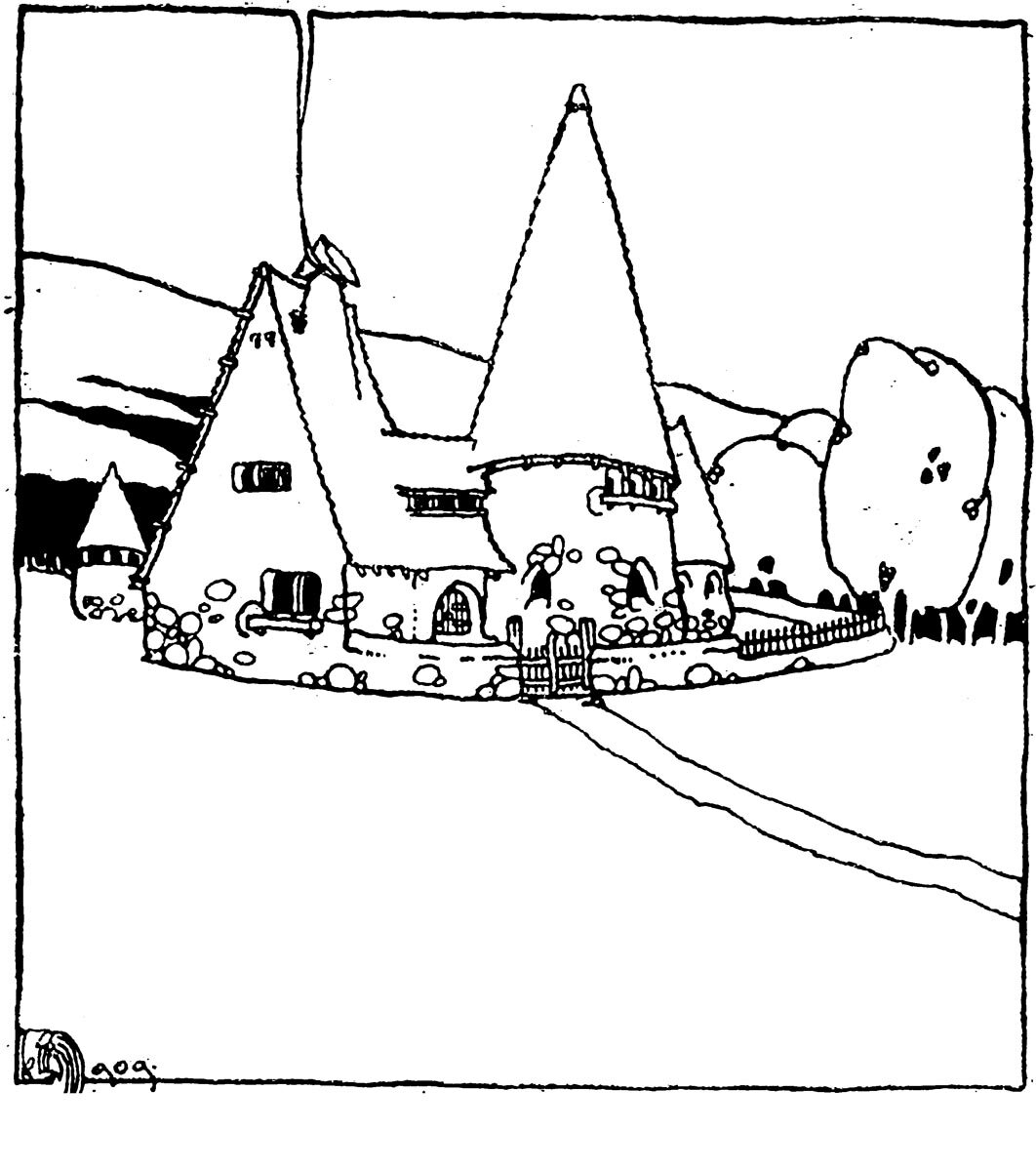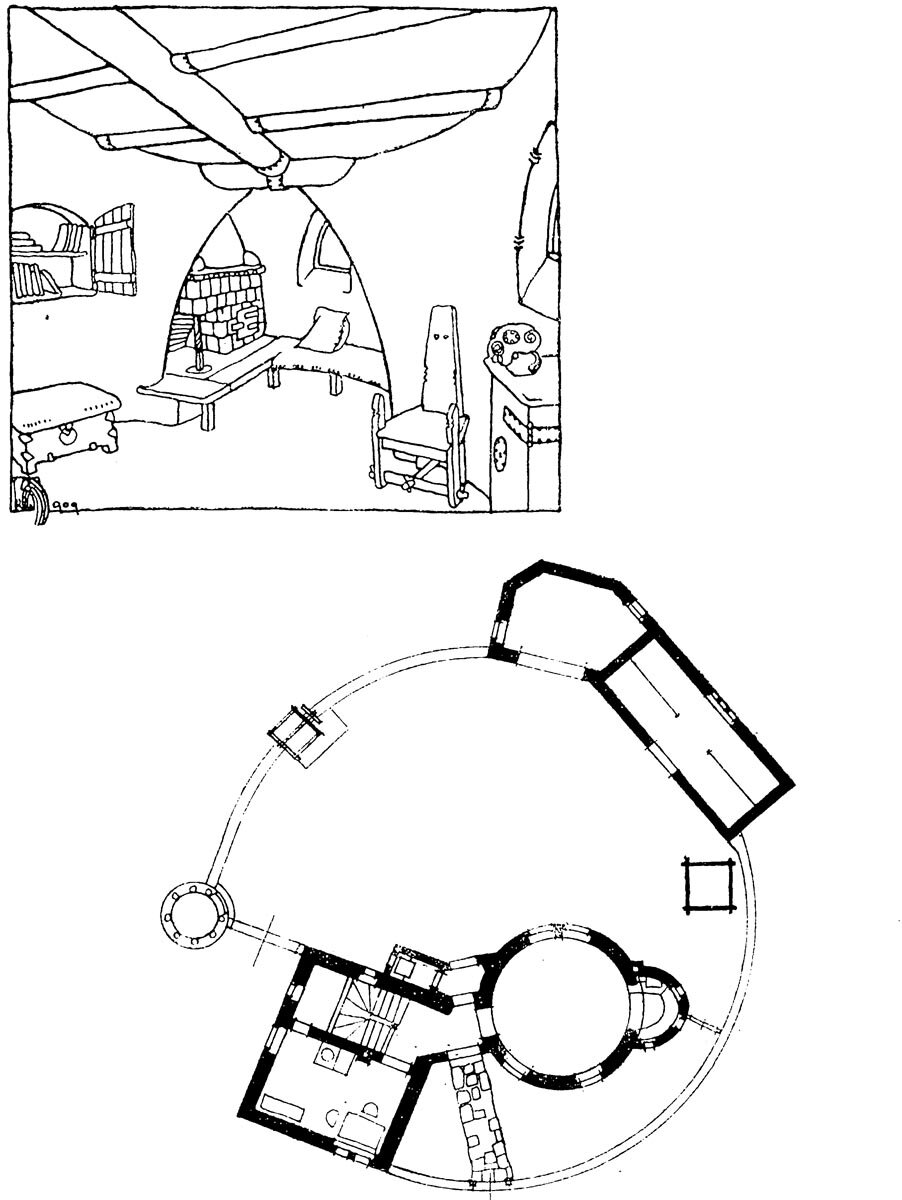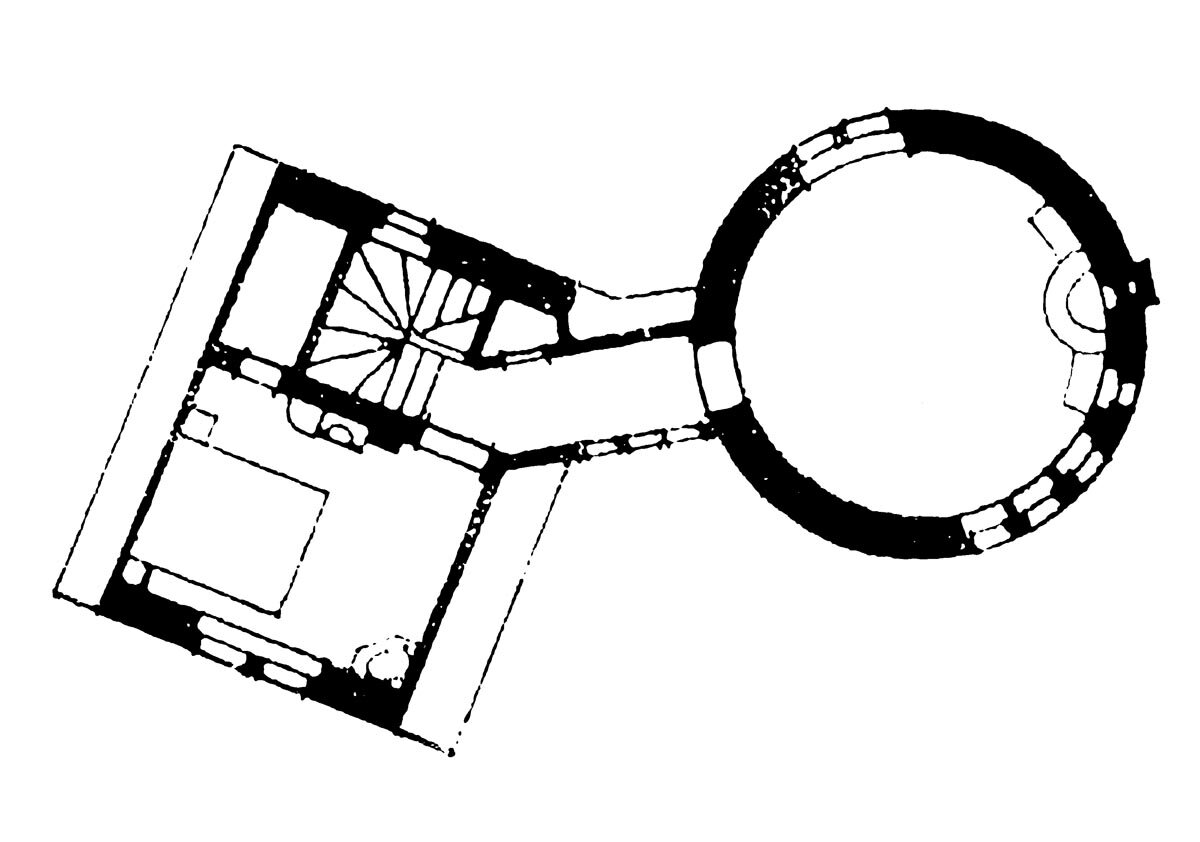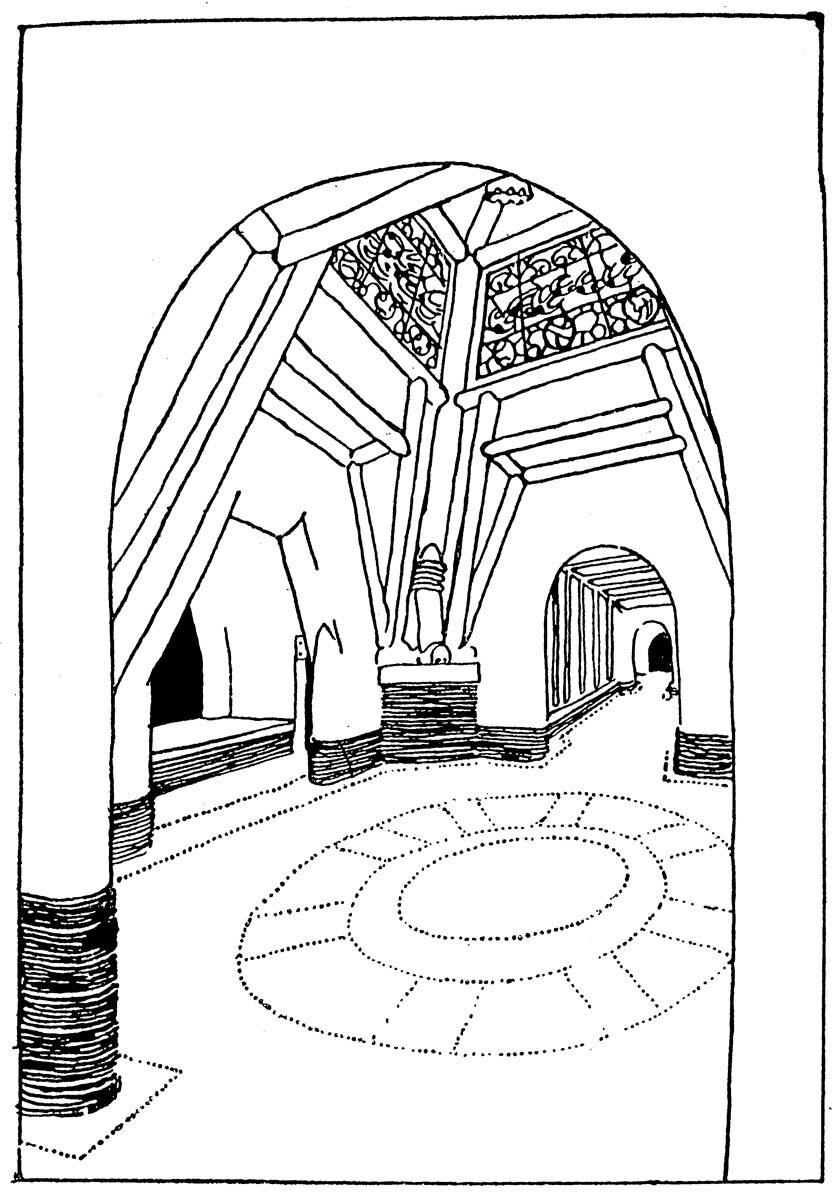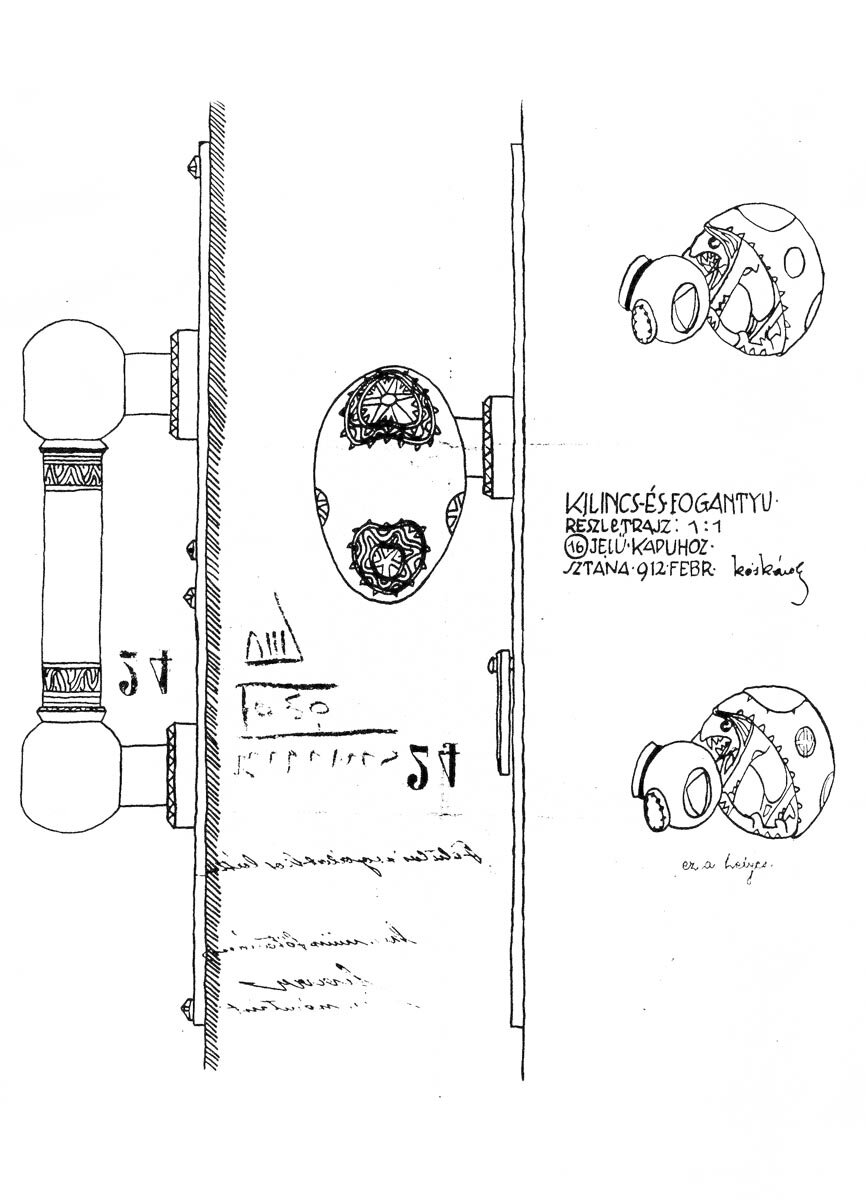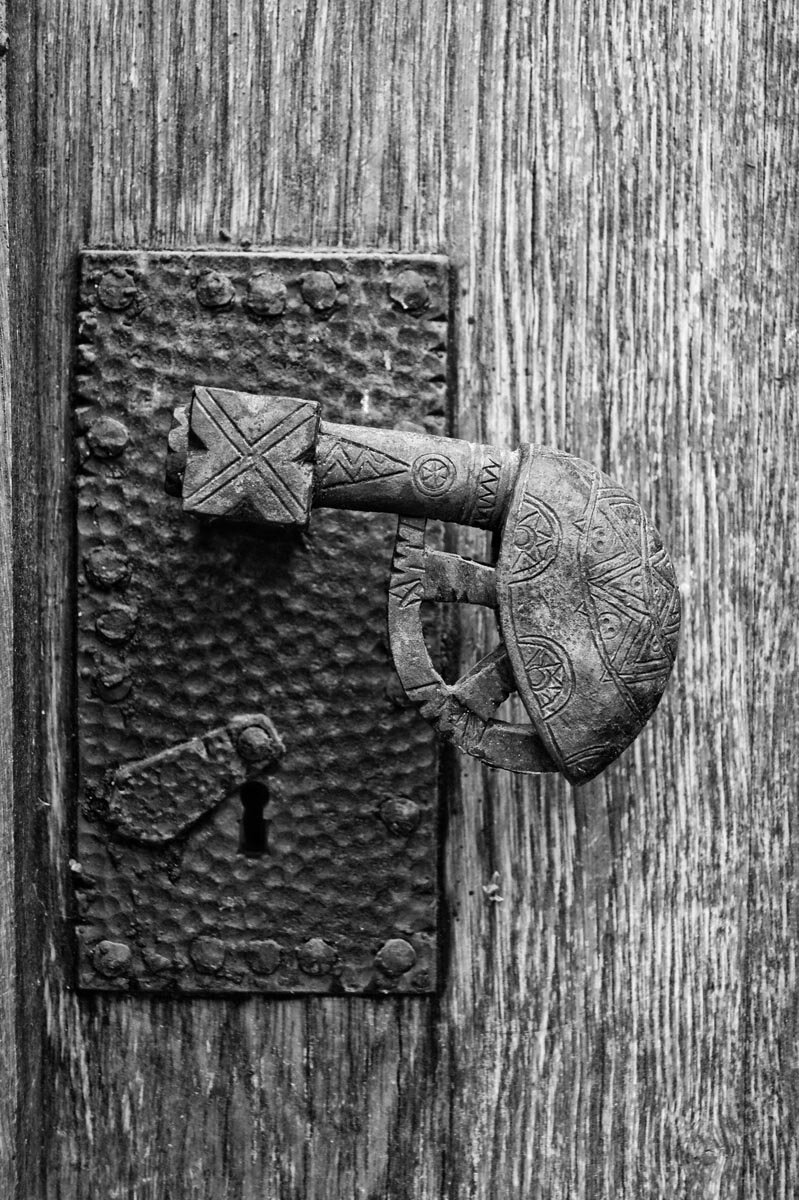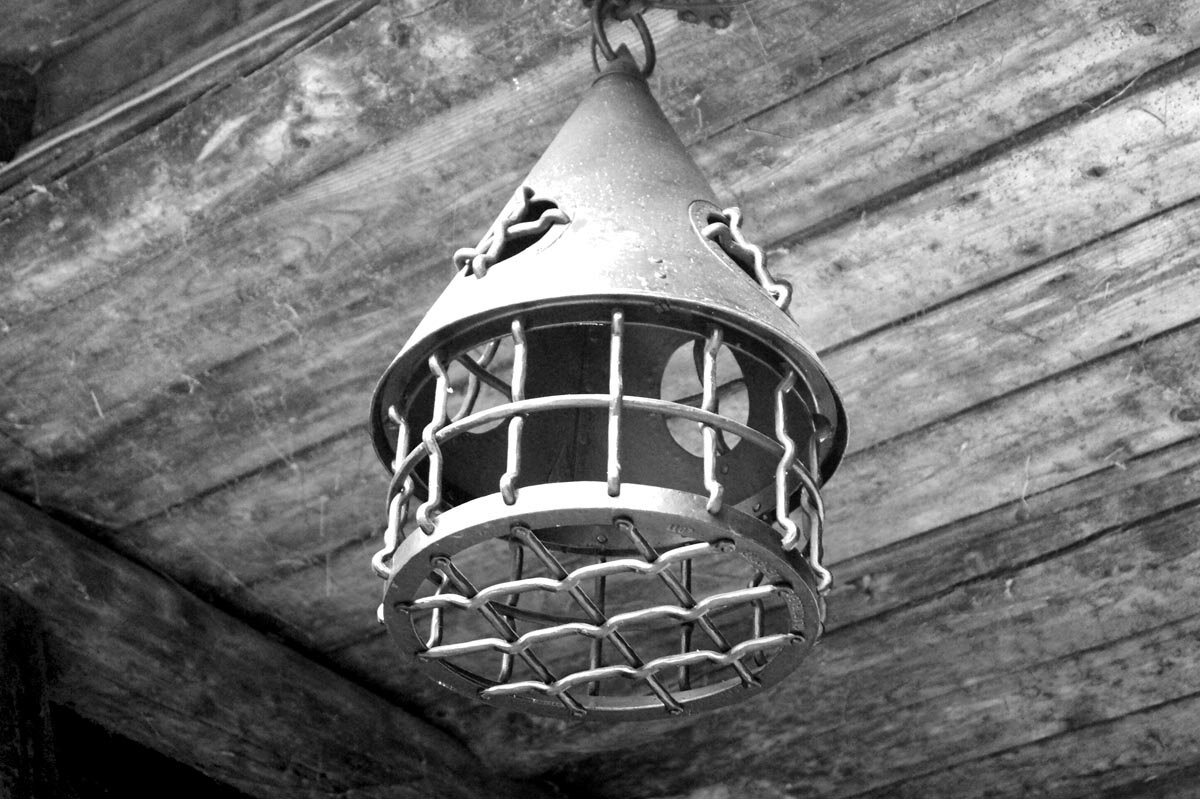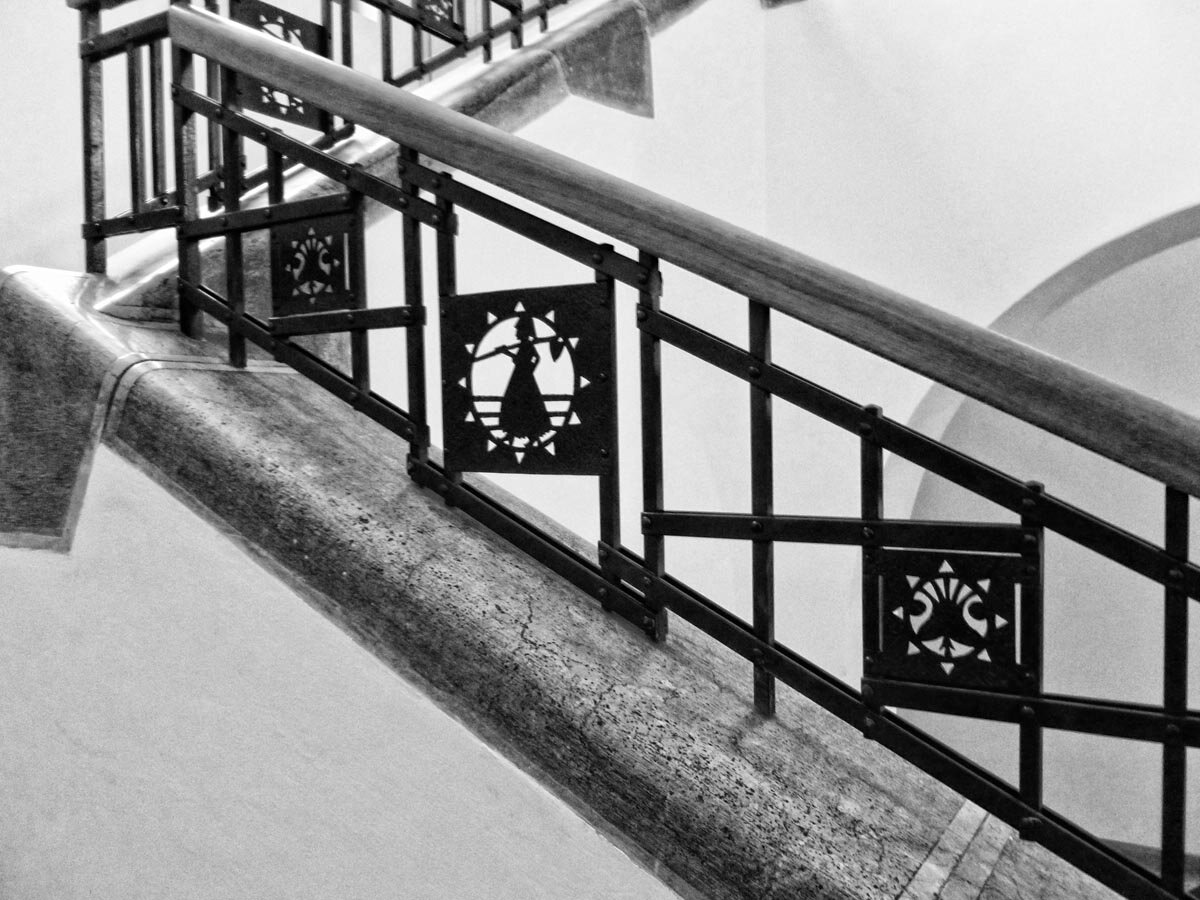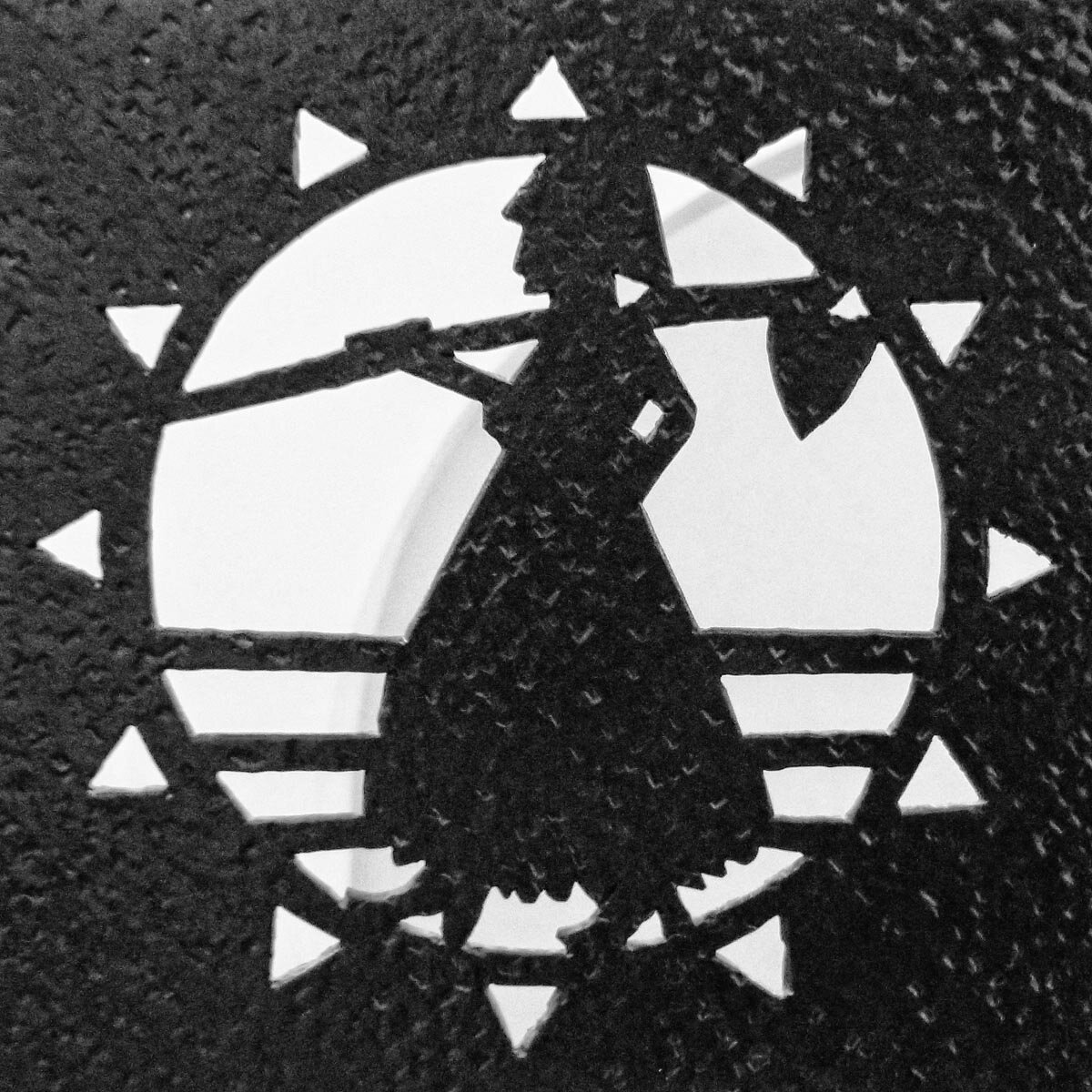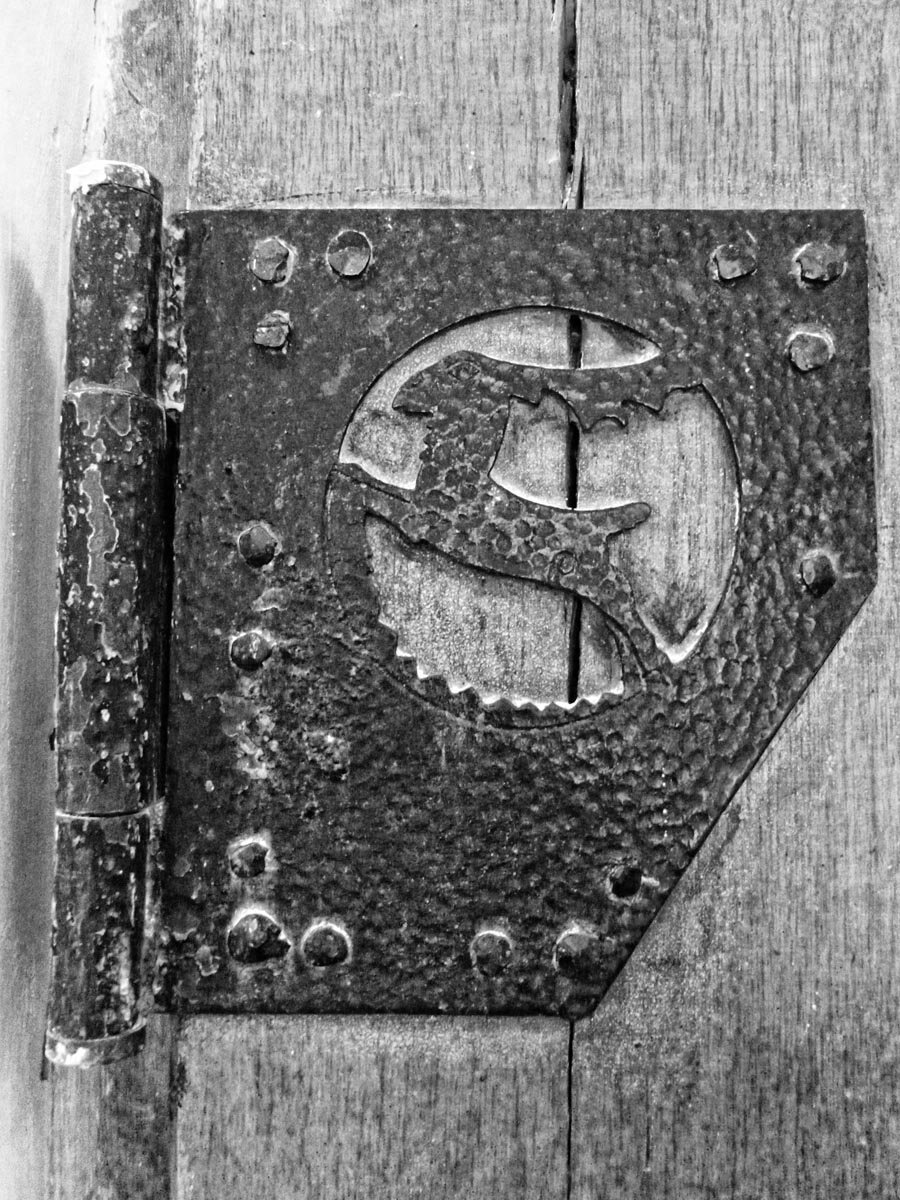
Kós Károly
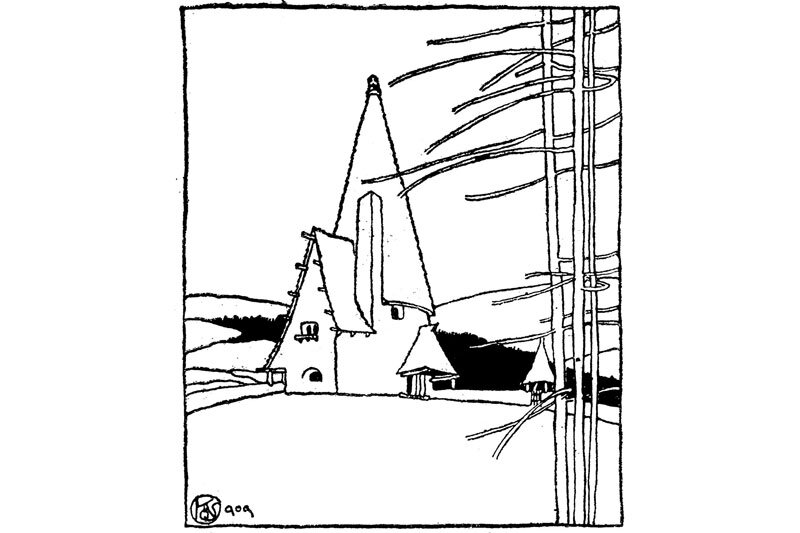
Kós Károly Kós Károly had a prodigious career as an architect, spanning more than 70 years, was born in Timișoara in 1883 and died at the age of 93 in 1977 in Cluj.
Initially he studied engineering at the Technical University of Budapest from 1902-1904, after which he transferred to the Department of Architecture, graduating in 1907. After graduation, he worked with well-known architects such as: Moric Pogany, Dénes György and Géza Mároti, with whom he also participated in numerous architectural competitions.
Kós Károly's work should be seen in the context of two major factors that influenced Hungary in the 19th and early 20th century: on the one hand, the search for national identity and the struggle for independence, and on the other hand, the process of social reform and modernization1.
In this context, we find him as a leading figure of the "Fiatalok"(Youth) movement, founded in 1906, which aimed to create a contemporary Hungarian architecture. The group embraced the ideas of "Art and Crafts" and the model of the Finnish national romantic national movement (Lars Sonck), which were to be followed by young Hungarian architects and artists. Transylvania, as the Karelia region for Finnish architects, became a source of inspiration for the new "National Style". Kós Károly created his own style, based on the study of medieval and Hungarian folk architecture, interwoven with modern building techniques and Art Nouveau elements. In 1908, Kós Károly was included in the group of architects who represented Hungary at the International Architecture Exhibition in Vienna.
Kós Károly's early career (1904-1914) meant that by the time he was 30 years old he had completed some of his most important works: the Roman Catholic Church in Zebegeny, the Pavilions of the Budapest Zoo, the Primary School and Kindergarten in Városmajor Street, Budapest, the Szekler National Museum in Sfântu Gheorghe and the Calvinist Church in Cluj-Napoca, which celebrated its 100th anniversary this year. Because of the First World War, works from the same period, such as the hospital in Sfântu Gheorghe and the Royal Hunting Lodge, remained in the planning stage.
Kós Károly marked the architectural style of Budapest with his new style, despite the fact that between 1908-1920 he designed and executed few buildings in the Hungarian capital. A prime example is the Wekerle Public Garden, where Kós Károly designed some of the buildings in the central square. The Reformed Church in Óbuda is another example of the influence of the new Hungarian national style on Budapest architecture2.
In 1913 he built, in the same style, a residence near Cluj, at Stâna, which he named Várjuvár(Castle of the Crows). After moving to his new home, he gave up doing projects in Budapest and focused on works only in the Transylvania area.
The emergence of the Romanian national style was not overlooked by the architect. Kós Károly did not reject the neo-Byzantine style, all the more so as he personally studied the Byzantine style in Istanbul. Kós Károly wanted to deepen his interest in eastern architecture in Russia, but because of the First World War, he spent two years studying at the Turkish-Maghreb University in Istanbul. During this period Kós Károly studied the Byzantine architecture of Istanbul and published the monograph Istanbul - History ofArchitecture3 .
He carefully observed the heritage of Byzantium in Transylvanian culture and discovered the possibility of a Transylvanian interpretation in the design for the Orthodox Cathedral, in which he won second place in the competition. He was also involved in the design of several Romanian churches in the area of Călata (Kalotaszeg): in 1924 - the Greek-Catholic church in Stana (built in 1927), between 1924-1927 - the church in Petrinzel (1927), in 1928 - the church in Ardeova (1930). The church in Feiurdeni (1927-1928) is the "smaller" version of the project of the Orthodox cathedral in Cluj, with which he participated in the competition. In Feleac, Cluj, he restored a medieval building, enlarging and also designing a tower.
It should be noted that the architect gave particular importance to the regional cultural heritage, into which his projects, mostly churches, were inserted. They took into account the cultural landscape, with direct reference to historical archetypes, for the preservation and restoration of historically significant architecture. Kós Károly relied directly on the functional and structural logic of the peasant houses4.
But perhaps a lesser known aspect of the architect's work was that he was a reputed specialist in recognizing and saving Transylvanian ethnographic values. Kós Károly Kós Károly was a pioneer in the protection of the built heritage of Transylvania. The Romanian wooden church in Turea, dating from the 18th century, currently on display at the Dimitrie Gusti Village Museum in Bucharest, which is one of the oldest wooden Orthodox churches in Transylvania, is a striking example of this. This old wooden Orthodox religious building would have been destroyed, like other wooden churches in the Ardeal region from the same period, had it not been for the chance of the architect Kós Károly Kós Károly recognizing its architectural value and saving it. In the interwar period, the wooden church of Turea was brought to Bucharest by Alexandru Tzigara-Samurcaș, director of the Museum of Ethnography and National Art, an acquaintance of Kós Károly. The architect said: "Without knowing the old architecture of our neighbors it is impossible to characterize our own architecture"5.
Returning to the interest in vernacular architecture, it should be noted that Kós Károly published an architectural study entitled "Old Kalotaszeg" (Regi Kalotaszeg) in 1911. This work, which had a major impact on specialists in the field, can be considered Kós Károly's architectural manifesto.
Kós Károly continued his architectural work in Transylvania until 1960. He completed numerous housing projects, public buildings, agricultural constructions, church restorations and new church constructions.
An artist, writer, teacher, historian, ethnographer, ethnographer, politician, all of which often overshadowed his profession as an architect, his name is synonymous with Transylvania.
Kós Károly always considered himself first and foremost an architect.
Produced with the support of the National Szekler Museum in Sf. Gheorghe and the Balassi Institute in Bucharest.
Notes:
1 Gall, Anthony, "Kós Károly - Muhelylye. Mondus Magyar Egyetemy Kiado", Budapest, 2002, p. 79-82.
3 Gall, Anthony, "Kós Károly - Muhelye. Mondus Magyar Magyar Egyetemy Kiado", Budapest, 2002, p.79-82.
4 Ibid.
5 Popescu, Mara, "Kós Károly and the wooden church of Turea", Anuarul Centro de Studii de Arhitectură Vernaculară U.A.U.I.M. - Dealu Frumos, Editura Universitară Ion Mincu, 2011, p. 93-110.
Bibliography
1 Fabó, Beáta; Gall, Anthony: Kós Károly világa-1907-1914, Budapest Főváros levéltára, 2013, ISBN 978 963 7323 86 7.
2 Gall, Anthony: Kós Károly - Muhelye. Mondus Magyar Magyar Egyetemy Kiado. Budapest. 2002, ISBN 963 8033 17 7, ISSN 1416-700X, p. 79-82.
3 Popescu, Mara: Kós Károly and the wooden church of Turea.
Anuarul Centrului de Studii de Arhitectură Vernaculară U.A.U.I.M. - Dealu Frumos, Editura Universitară Ion Mincu, ISSN 2068-472X, 2011, p. 93-110.
4 Székely Nemzeti Múzeuma - Kós Károly, Sámán Kiadó, Sepsiszentgyörgy, 2012, ISBN 978 973 0 13038 6.
5 Wooden Towers-Fortified Churches - Selection of Art Works and Photographs from Collections of the Museum of Ethnography, Neprajzi Muzeum, Budapest, Ed. Komaromi Nyomda és Kiado Kft, 2013, ISBN 978-963-9540-79-8, ISSN 1587 7647, p. 9, p. 59.
House of Crows
In 1910, on the land he bought in the village of Stâna, Sălaj County, Kós Károly started the construction of his vacation house, which from 1914 became the permanent family home.
Bird House, Budapest Zoo, 1910
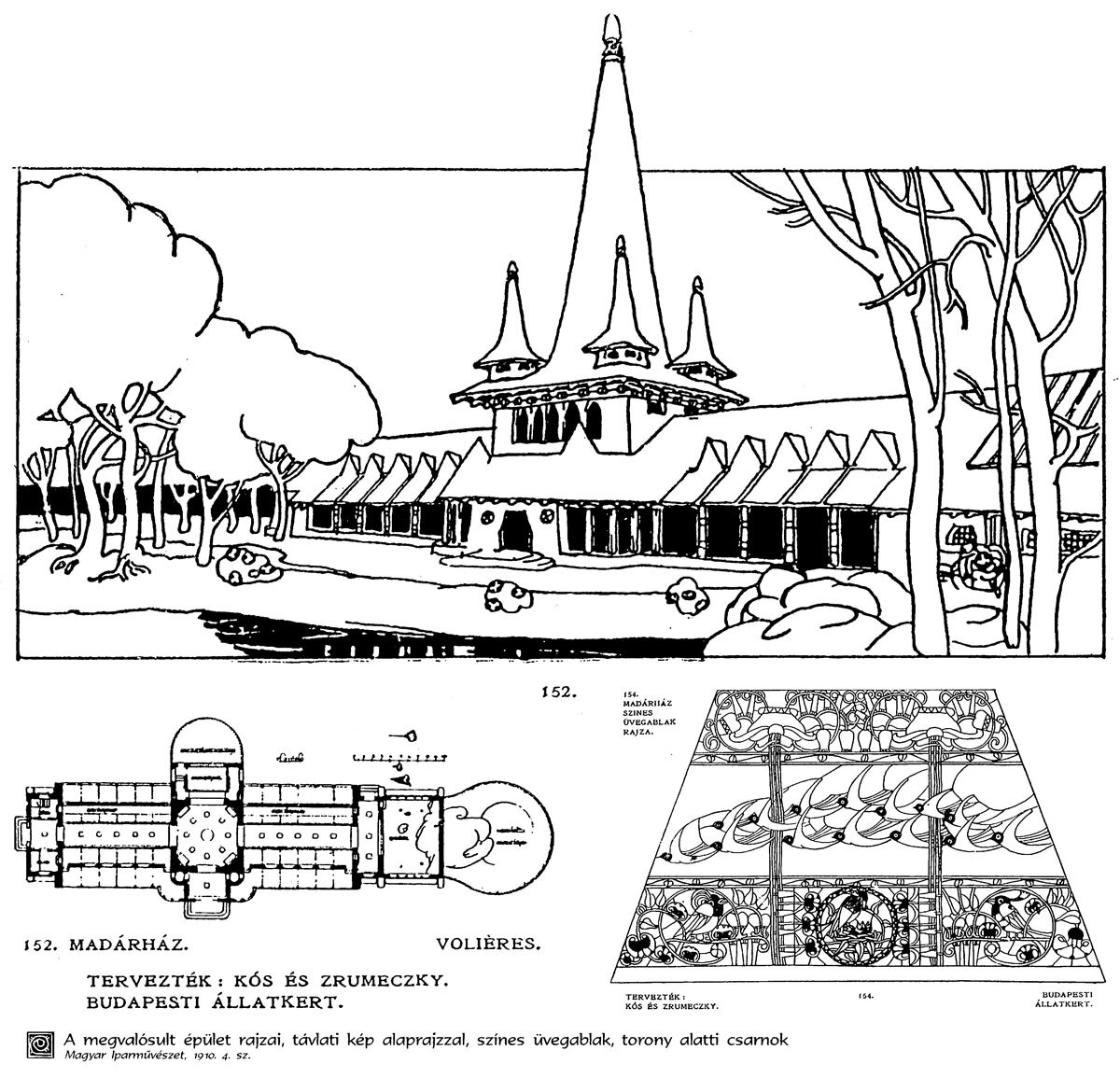
Drawings from the archive of the Szekler National Museum in Sfantu Gheorghe, 1912
Ironworks, building of the Szekler National Museum in Sfantu Gheorghe, built 1911-1913

